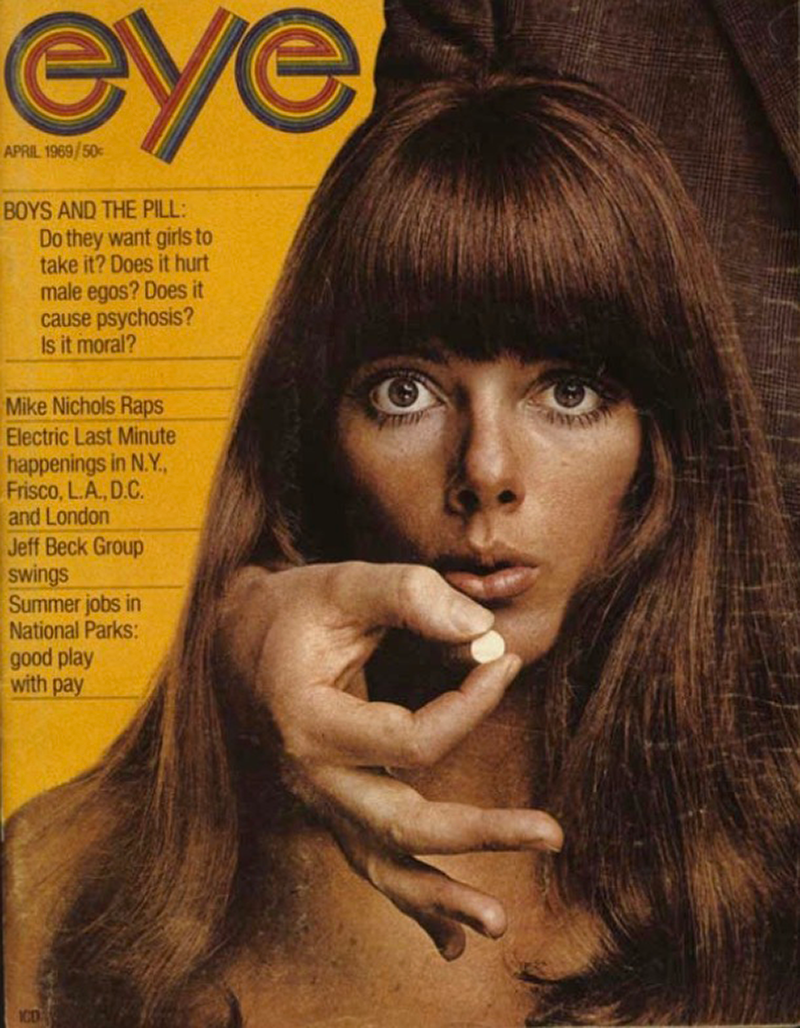
December 15, 2017
Bury My Heart On St. Marks Place: A Sixties Memorial
My epoch, the Sixties, has taken some hits of late. Three recent works have forced me to think that maybe my rose-colored glasses need a good cleaning: Ken Burns and Lynn Novick’s documentary The Vietnam War, Kurt Andersen’s Fantasyland: How America Went Haywire, and Joe Hagen’s Sticky Fingers: The Life and Times of Jan Wenner and Rolling Stone Magazine. Each in its own particular way illustrates how conflicting views and events challenge my devotedly utopian conviction that the Sixties was a kind of age of enlightenment.
Burns and Novick show that the Vietnam antiwar (and civil rights) movements, which I believed were turning points in the American ethos was not the beginning of a new tolerance and pacifism but the continuation of a national schism based on racism and imperialism. (Apart from abolishing the draft, the nation’s leaders haven’t learned much about conflict resolution.) Andersen reveals that the entire foundation on which America was built as a haven from oppression was a lie and, even as far back as 1600, civil rights were always at odds with ruling class privilege. And Hagen, in narrating the life of the Sixties fanboy and magazine mogul Jann Wenner, exposes the hypocrisies of the Monterey Pop/Woodstock “peace and love” epoch’s music industry. Rock n’ Roll did not free our soul.
Yet, the most influential period of my life happened between 1964 and 1969 (after the election and assassination of John F. Kennedy, and beginning with the Beatles and Dylan), with the revolutions in politics, civil rights, anti-war, feminism, drugs, art, music, and alternative youth culture. And at the risk of sounding naïve, my memory of the Sixties has grown exponentially positive (despite the pessimism of naysayers).
Of course, memory is a distillation of truth into fantasy and fantasy into nostalgia. I perceive that my view of the Sixties is somewhere between fact and fiction. But as the sum of its varied parts, the Sixties promised better lives, ethical leaders, increased freedoms, greater respect for otherness and increased creativity that would ultimately evolve into a new renaissance. Has it done that? Probably not. Despite some social and cultural advances, wealth inequality, intellectual polarization, and spiritual reaction have increased. Post-racial society? Huh?
Dylan cautioned, ”Don’t look back.” Yet often in my memory palace, I return to the Sixties and recall a utopian veneer. Changes were made in art and design, music and film during that period that pushed many boundaries because some people took risks and others followed.
The adage goes: If you can remember the Sixties you weren’t there. True enough. But I was there, and here is what I remember:
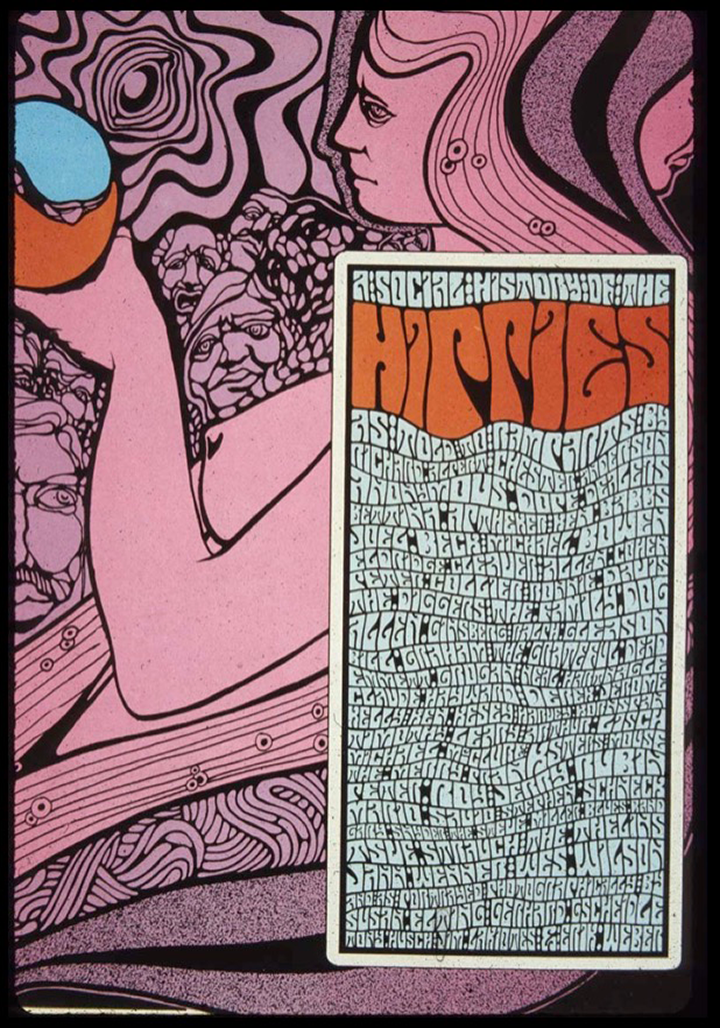
Hippie typography
I loved that as hippies, we had our own language that was borrowed from the past even though it was co-opted by marketers of the present.

Antiwar Demonstrations
Taking over campuses, burning draft cards, getting arrested, and marching on Washington (Hey, Hey, LBJ, how many kids did you kill today? Peace! When do we want it? Now!) showed how strength in numbers and people could make a difference.

Civil Rights Campaigns
Finally, black lives seemed to matter. There was a sense of purpose to fight for Civil Rights particularly in the South. But the North, it turned out, was no heaven for people of color either.
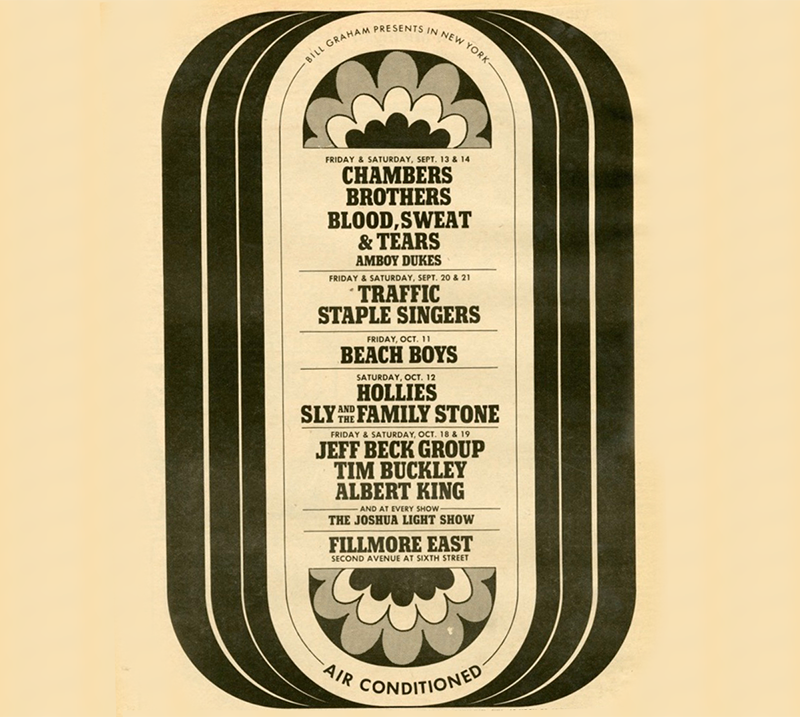
Fillmore East
The old Loew’s Commodore movie house assembled in concert some of the greatest rock bands of the era. It was also a great place to sell underground papers to the ticket holders on line.

Underground Newspapers
These newsprint weeklies and biweeklies were unbridled spaces for design experimentation and visual anarchy, introducing counterculture coverage and hilariously irreverent comics.
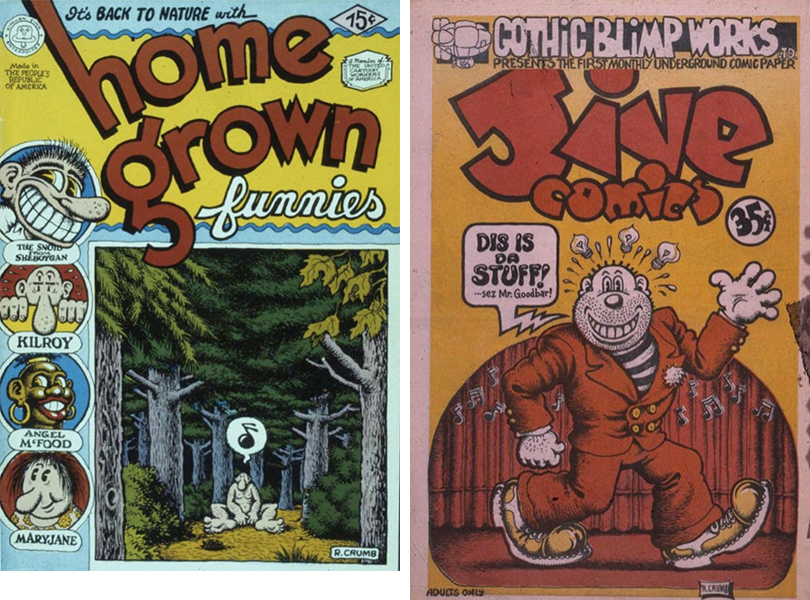
Underground Comics
These ribald, funny books and doped-up characters conceived by the likes of R. Crumb and others recalled the early days of MAD magazine on steroids and made a head-on assault on comics censorship and the comics industry dictated by the Comics Code Authority.
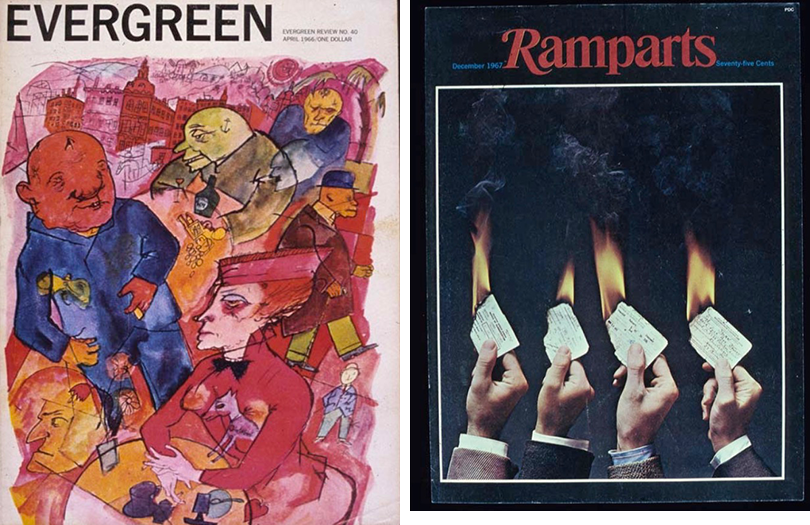
Evergreen and Ramparts
These “new left” culture and art magazines provided platforms for writers and artists rejected from the mainstream, until the mainstream realized how to monetize them.
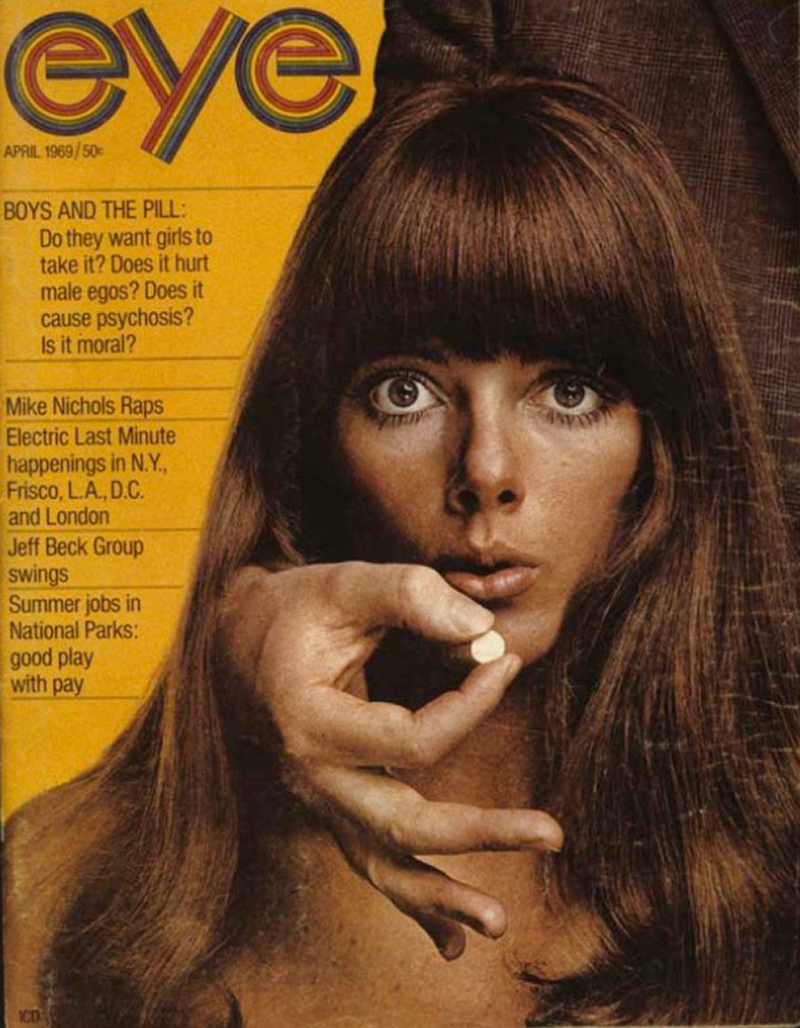
Eye Magazine
It was amusing to watch the mainstream Hearst publishing empire prostrate itself to finagle youth culture circulation with this magazine edited by Helen Gurly Brown. Nice job of sanitizing the typography and design with Photolettering type and glossing it with big shot photographers.

Bob Dylan, Allen Ginzburg, and The Beatles
These were the poets of our times. Their lyrics, words, and music were anthems of the age. I still get the chills when I hear them on Sirius ‘60s radio.

The Lower East Side
It was home for New York hippiedom. Gems Spa still sits on the corner of 2nd Ave and St. Marks (8th Street). That’s me in the circle, coming home after an all-night pasteup session at the East Village Other.
You’ll note that I have not mentioned drugs on my favorite list. Mind-expanding substances were the rage, of course, but I actually didn’t need them. Just being part of the scene cracked my mind open like a soft-boiled egg. Living in New York and working with the geniuses and lunatics was enough to get me high.
Observed
View all
Observed
By Steven Heller
Recent Posts
A quieter place: Sound designer Eddie Gandelman on composing a future that allows us to hear ourselves think It’s Not Easy Bein’ Green: ‘Wicked’ spells for struggle and solidarity Making Space: Jon M. Chu on Designing Your Own Path Runway modeler: Airport architect Sameedha Mahajan on sending ever-more people skyward
 Steven Heller is the co-chair (with Lita Talarico) of the School of Visual Arts MFA Design / Designer as Author + Entrepreneur program and the SVA Masters Workshop in Rome. He writes the Visuals column for the New York Times Book Review,
Steven Heller is the co-chair (with Lita Talarico) of the School of Visual Arts MFA Design / Designer as Author + Entrepreneur program and the SVA Masters Workshop in Rome. He writes the Visuals column for the New York Times Book Review, 


